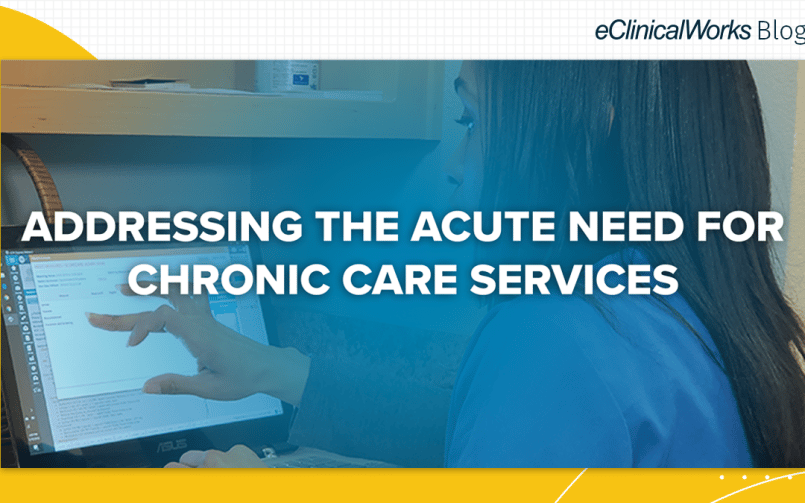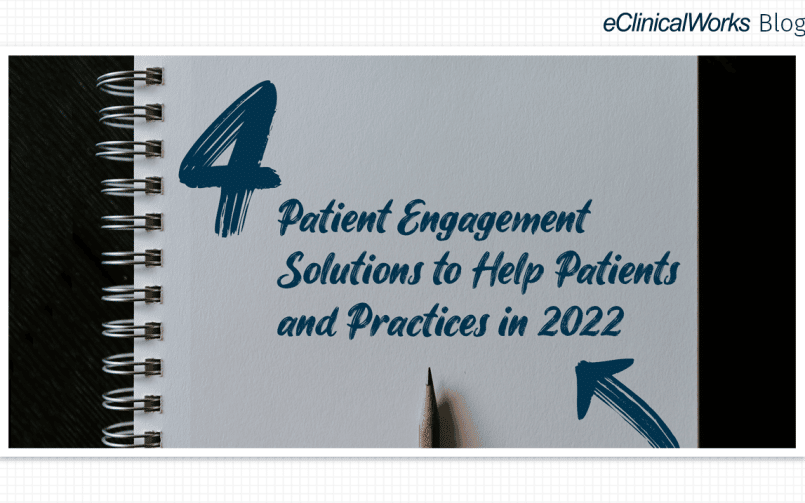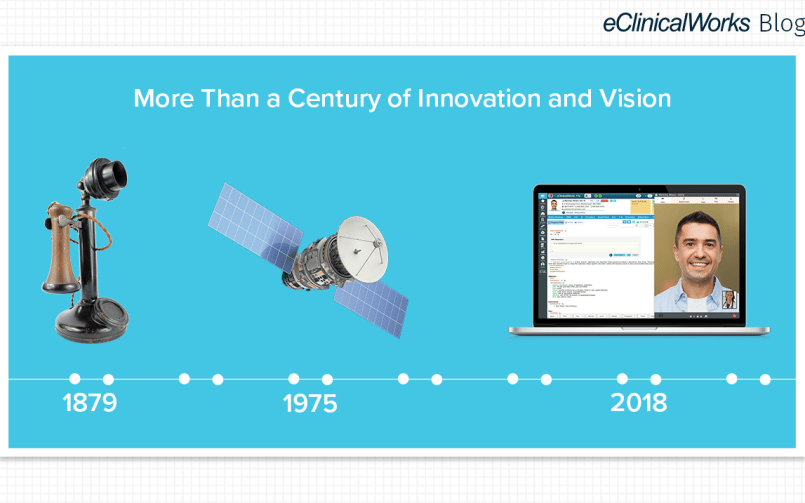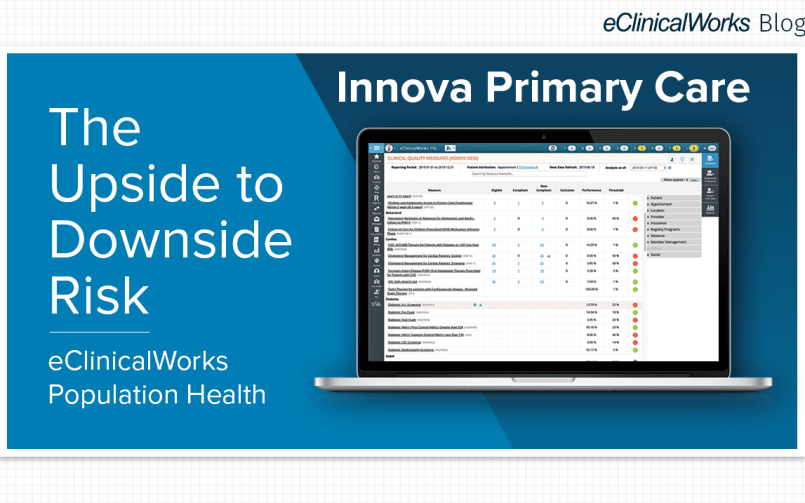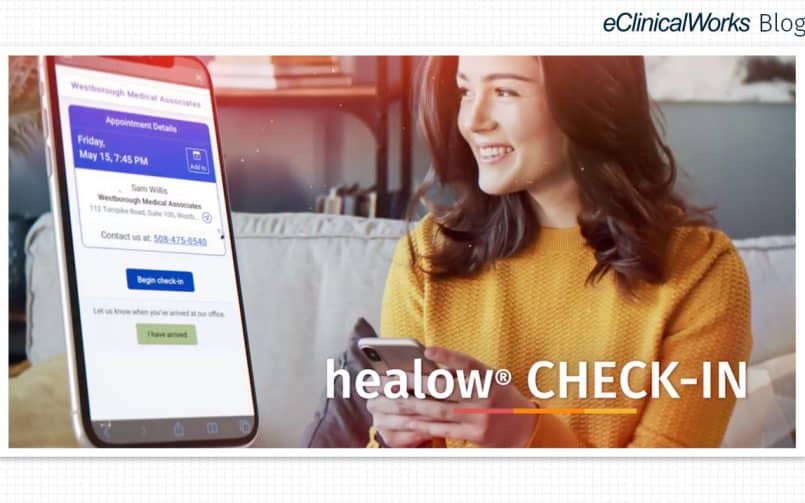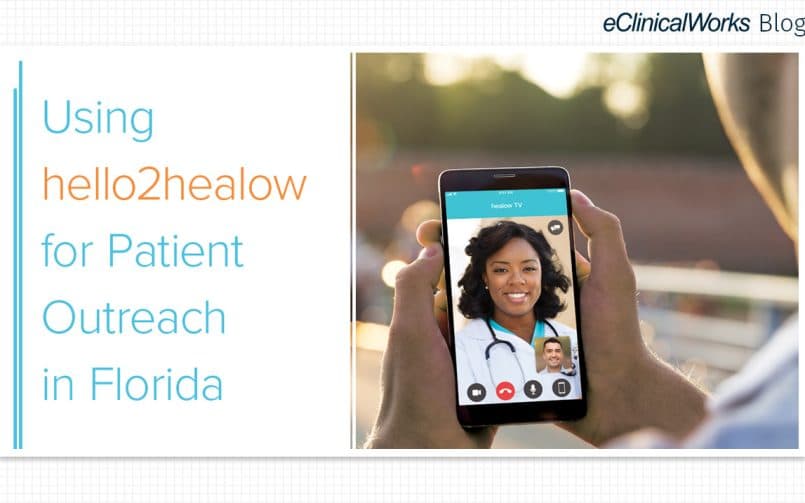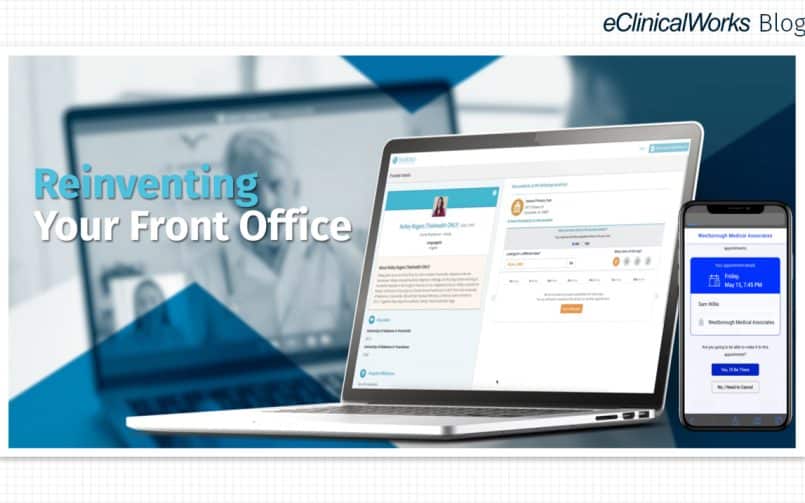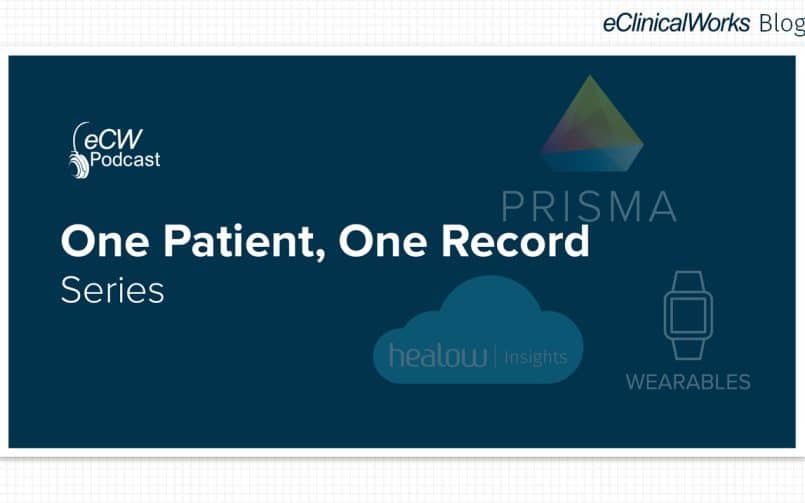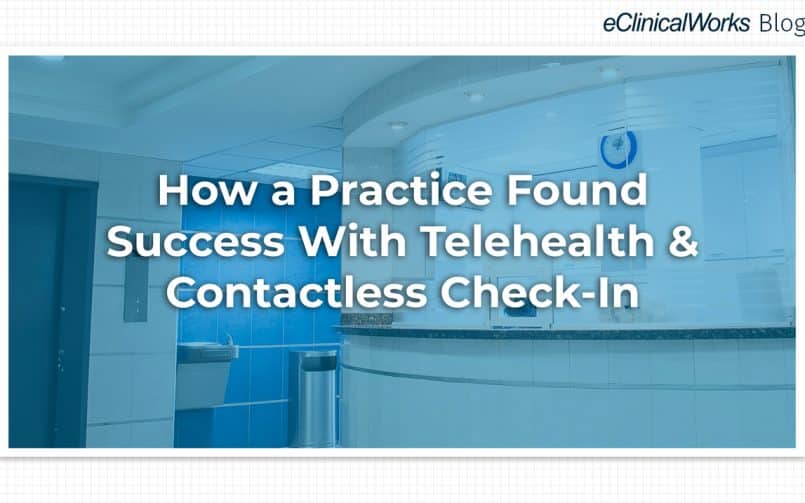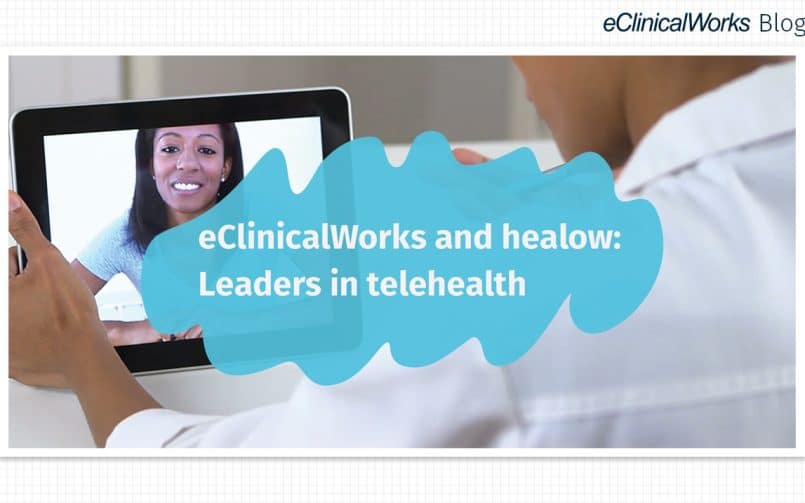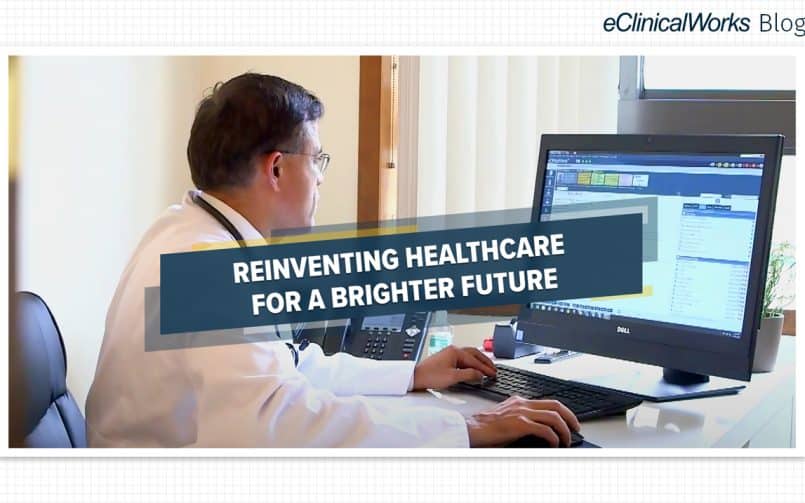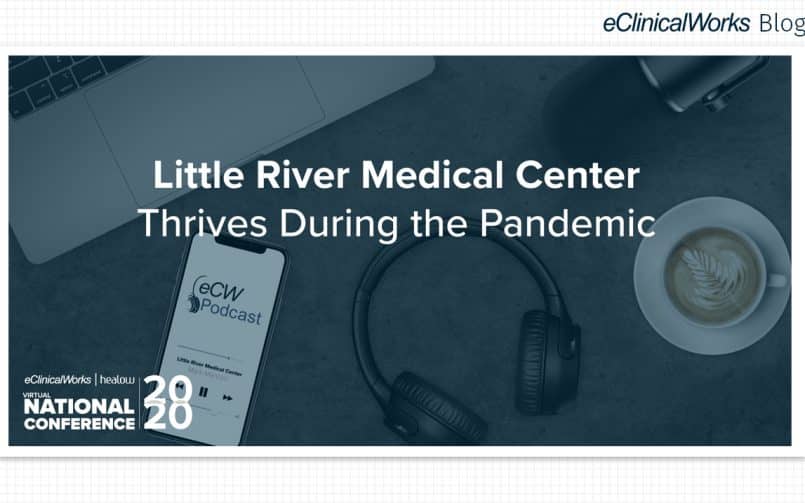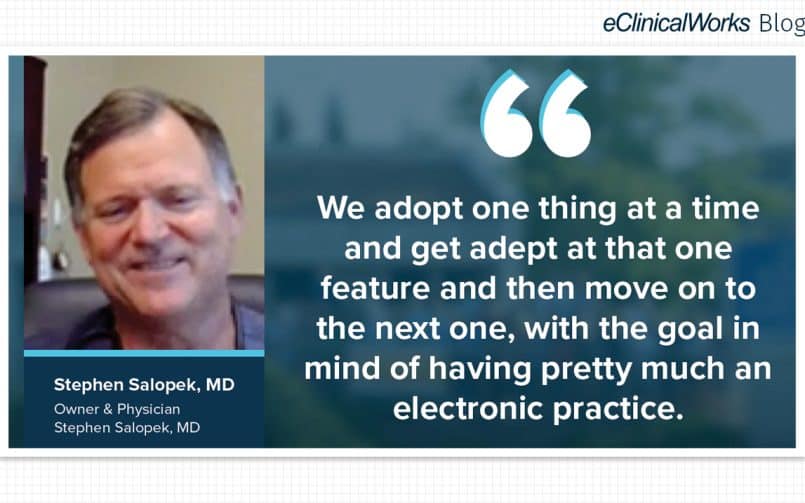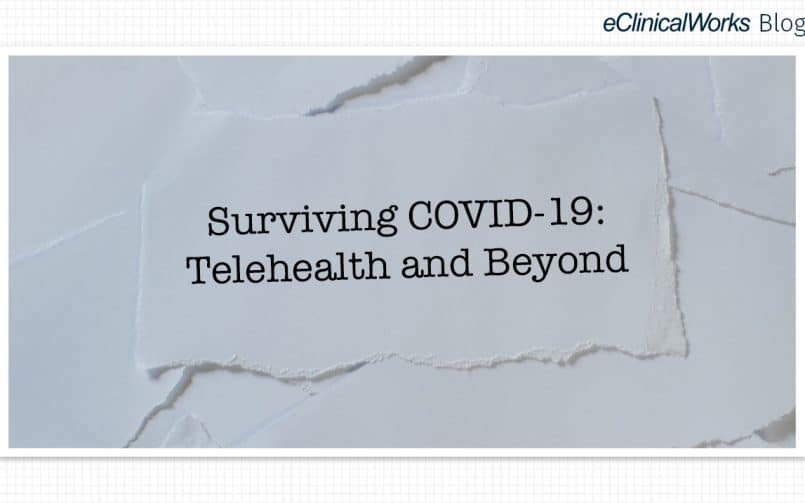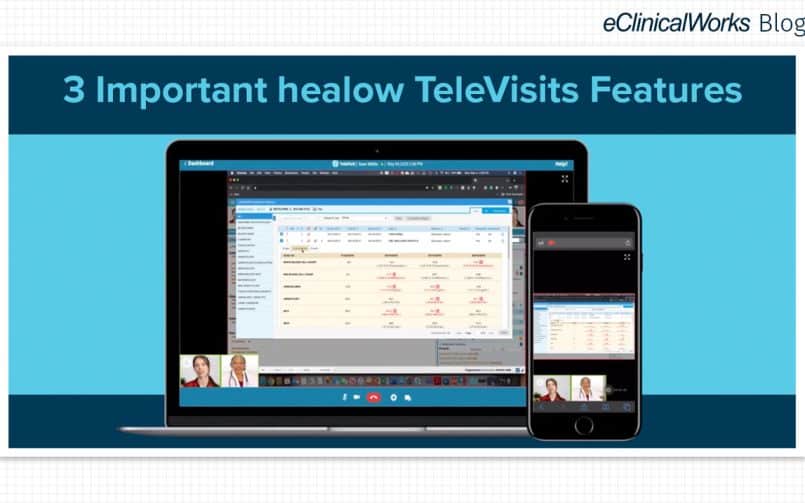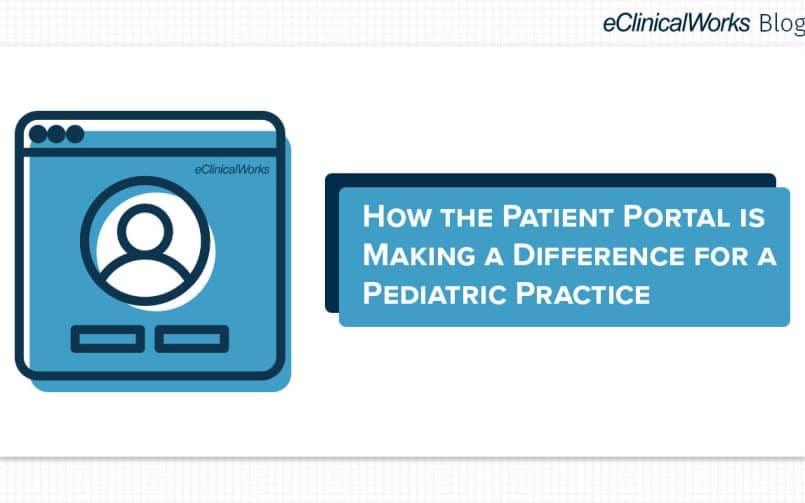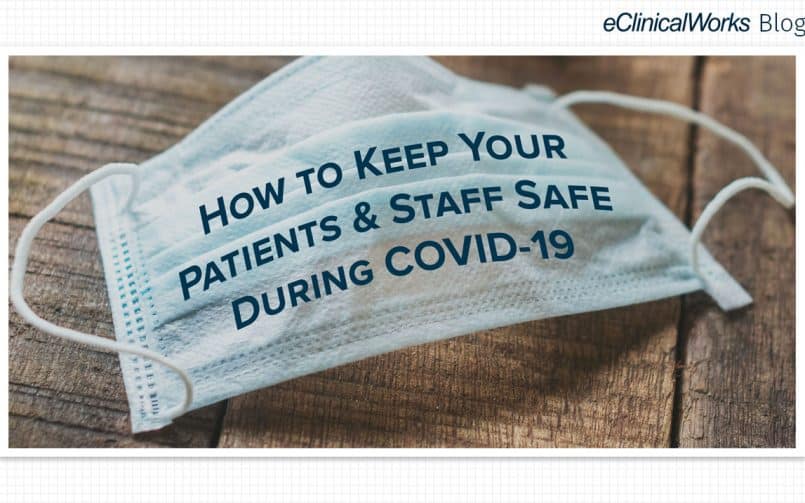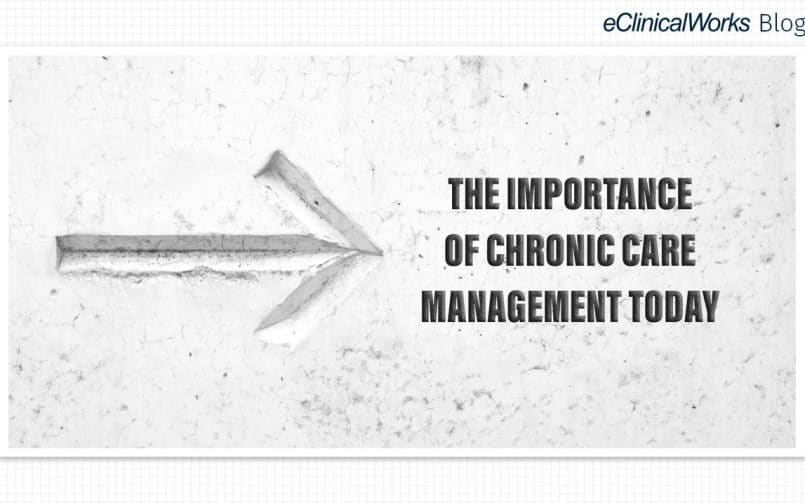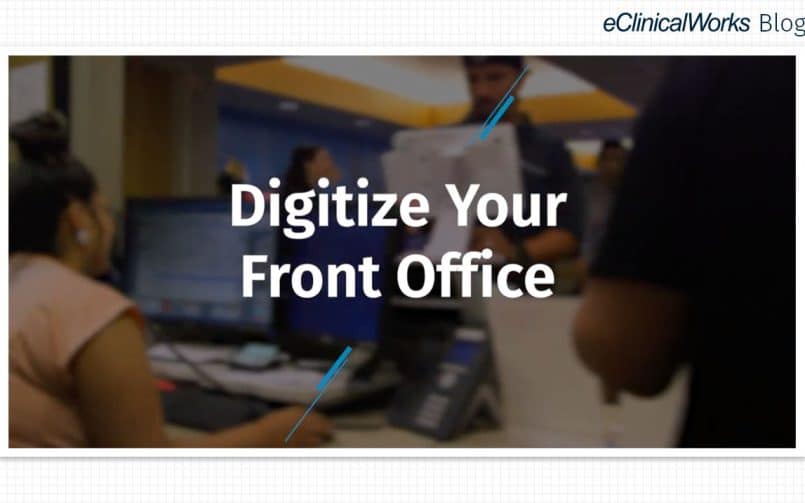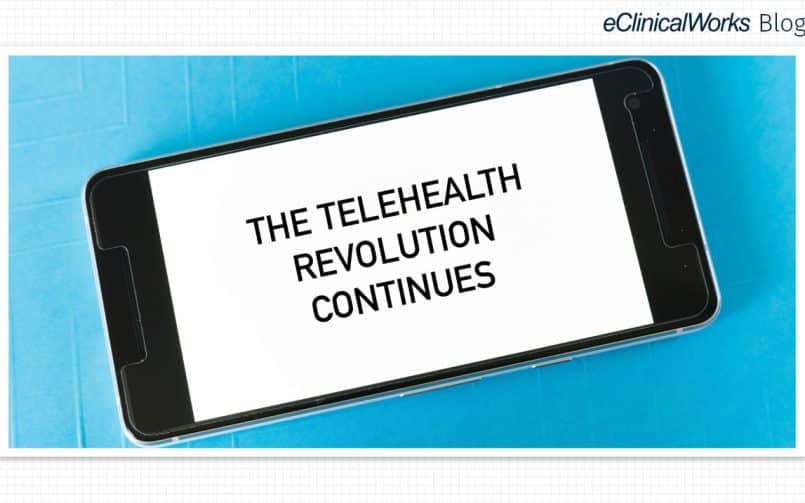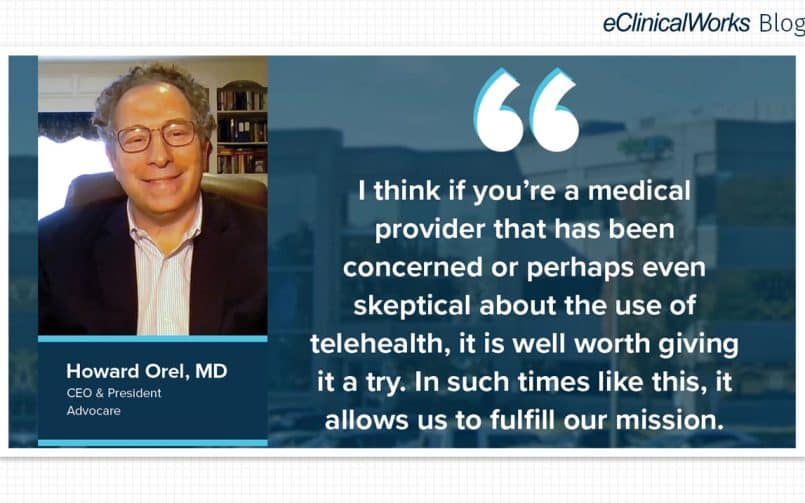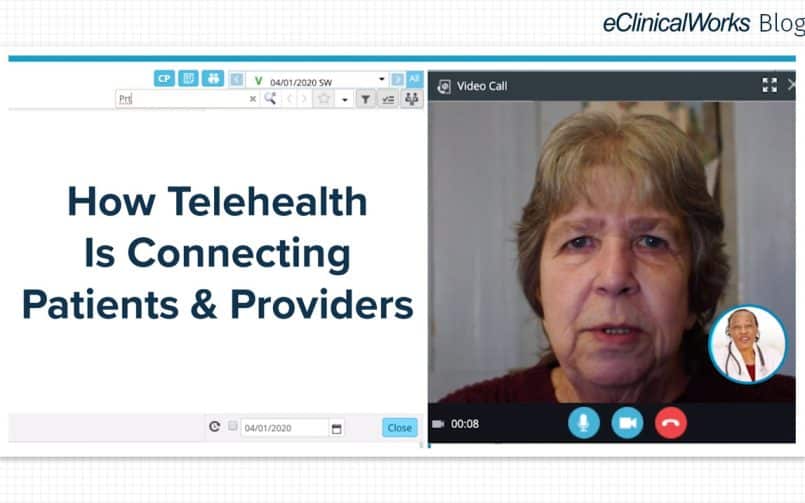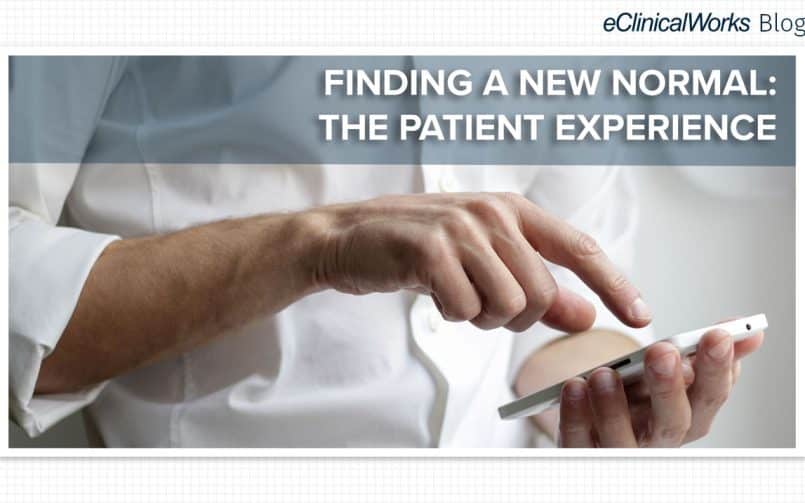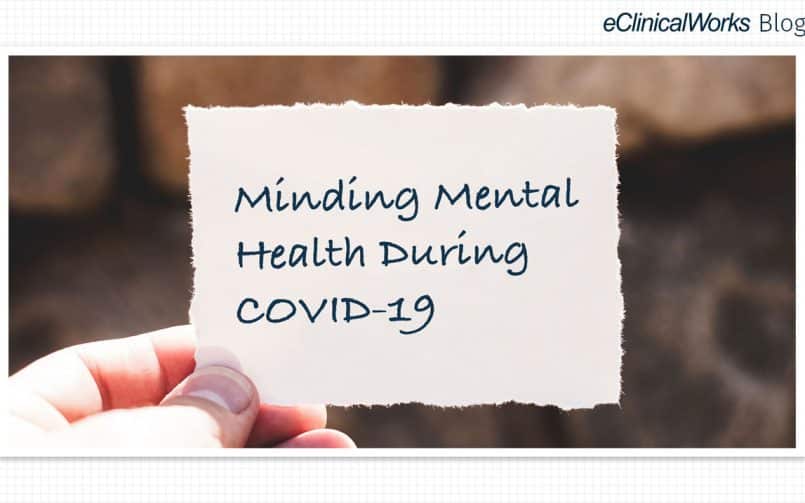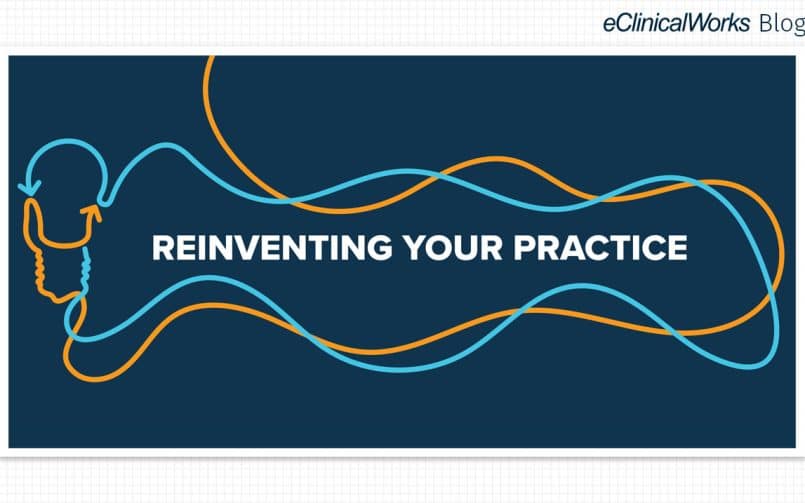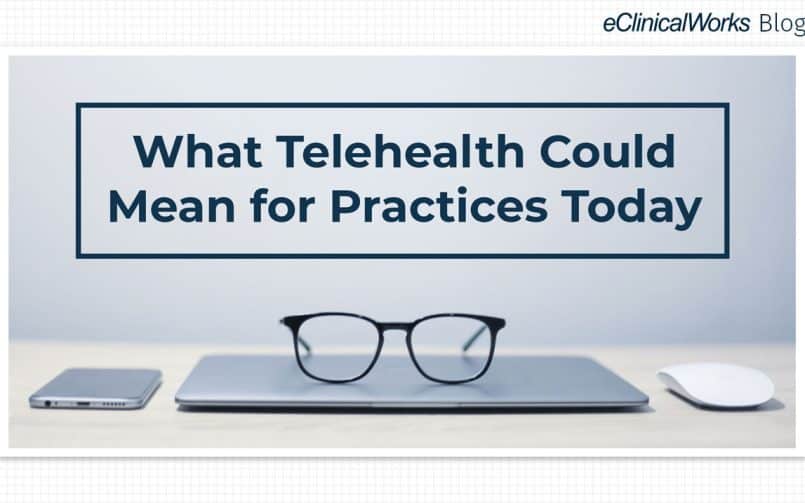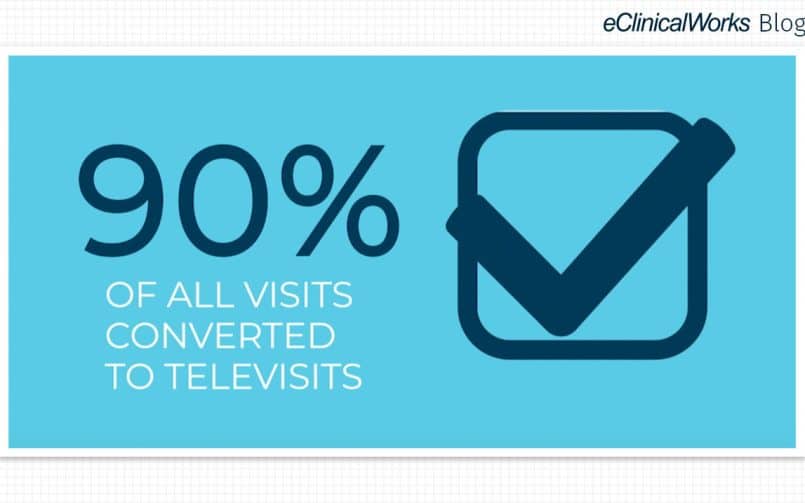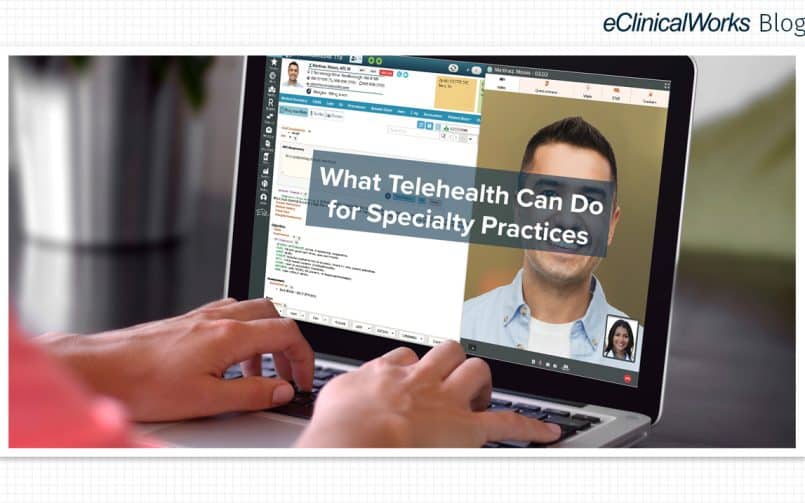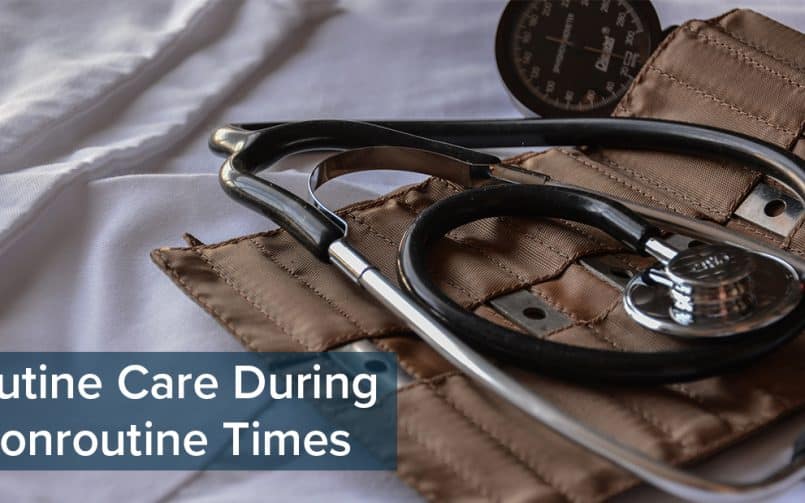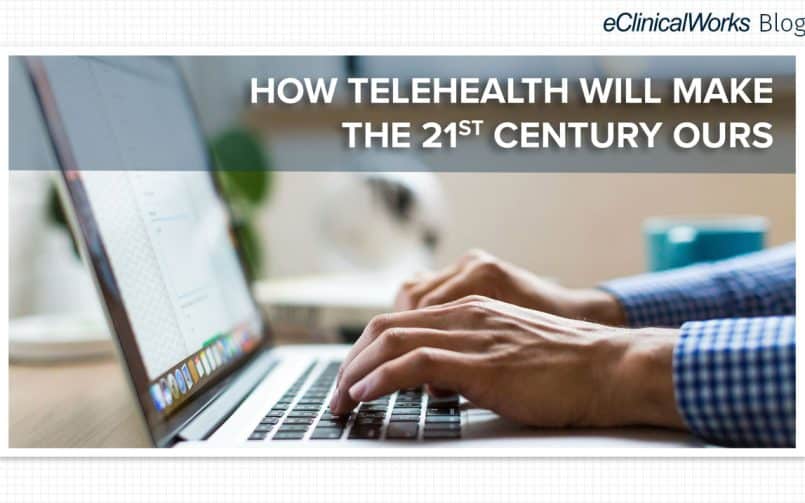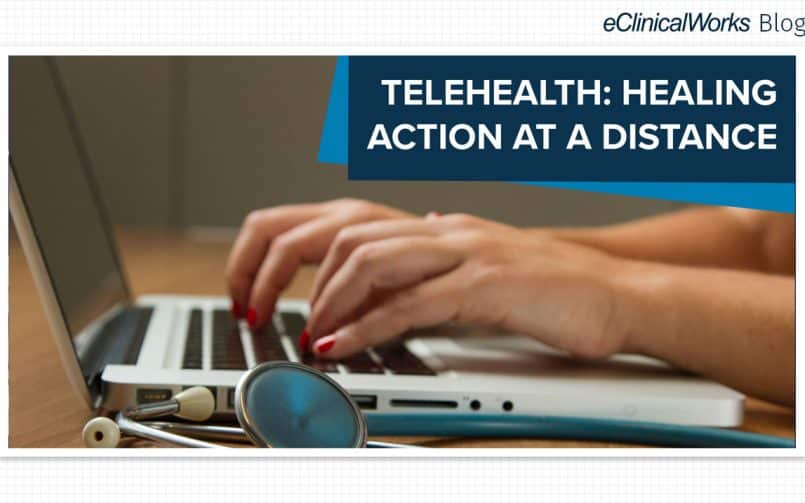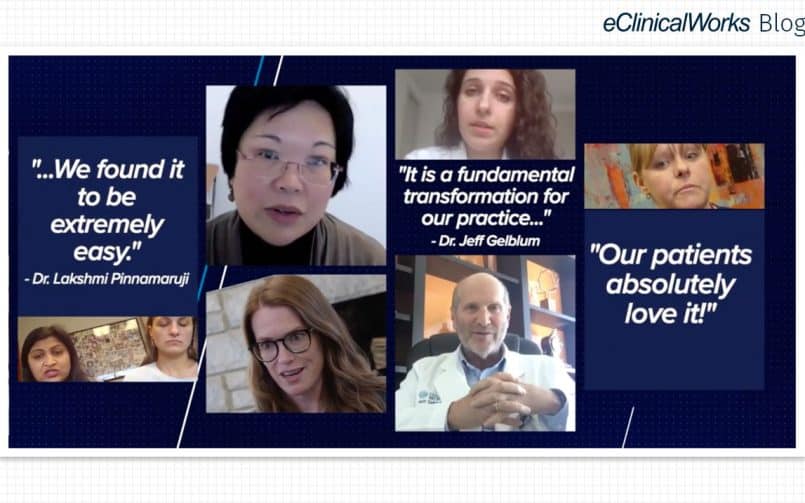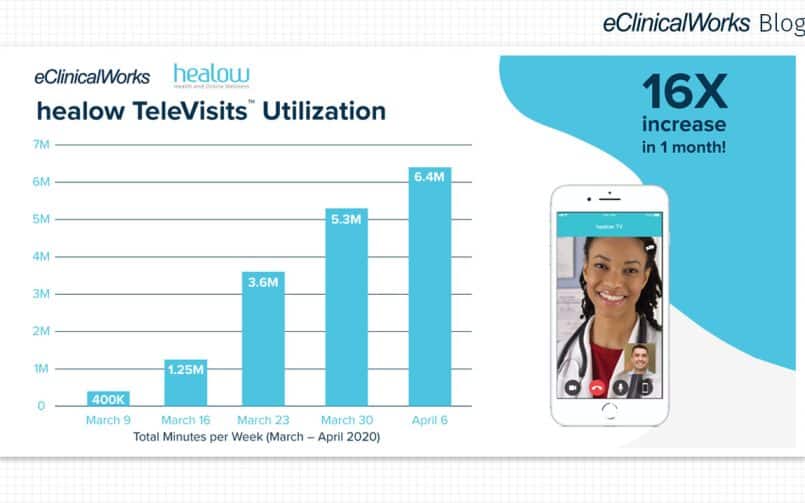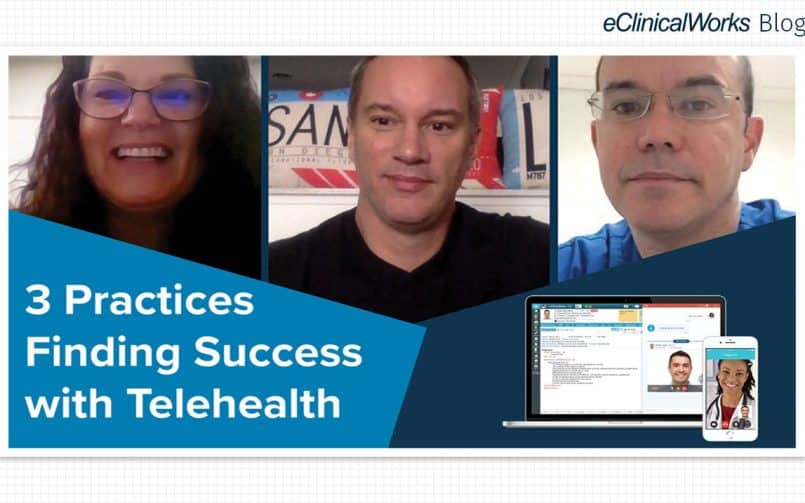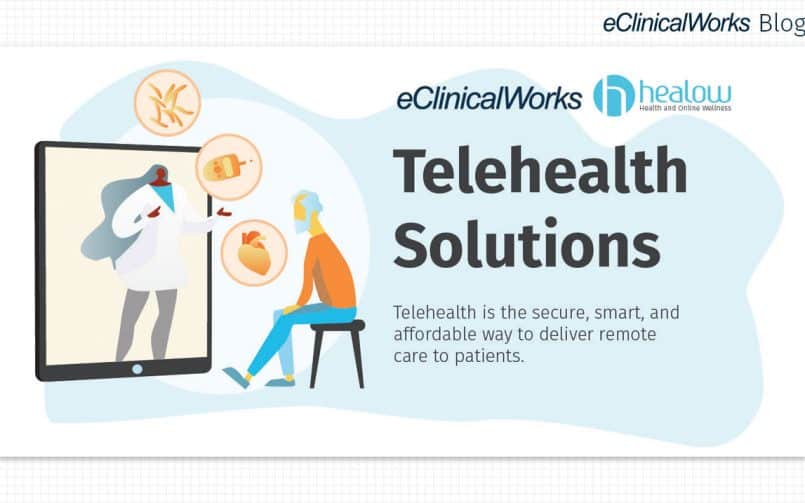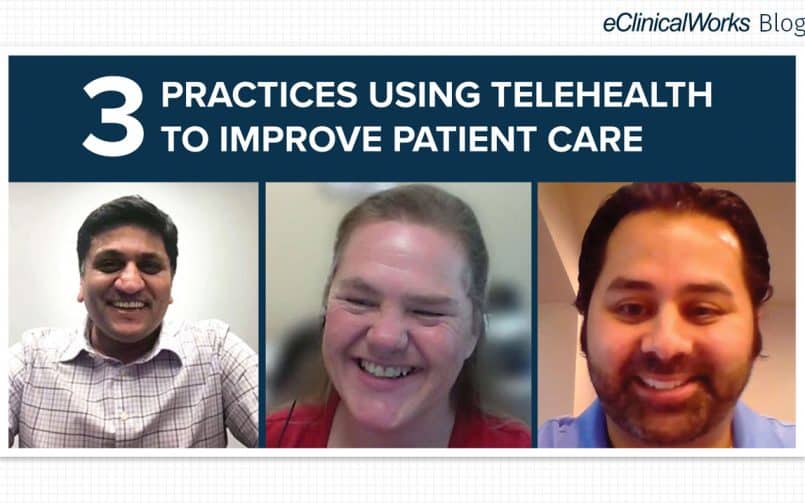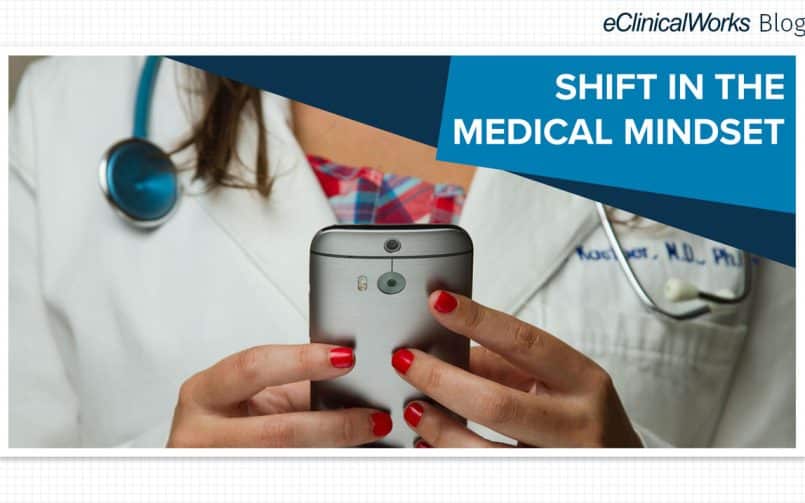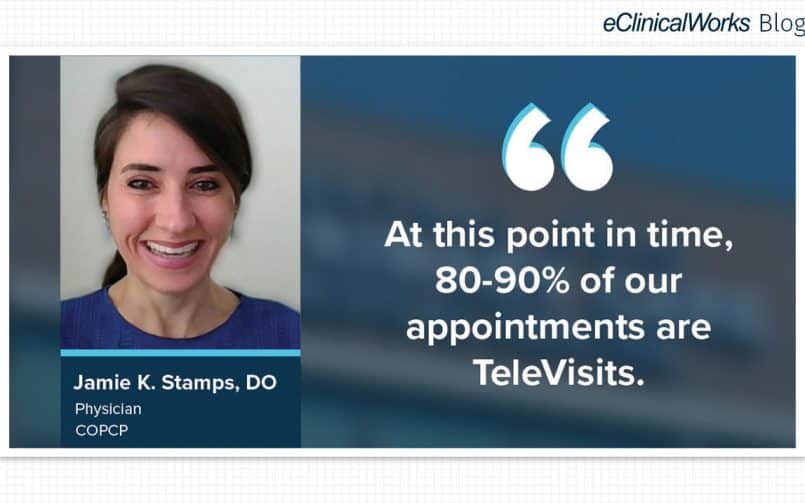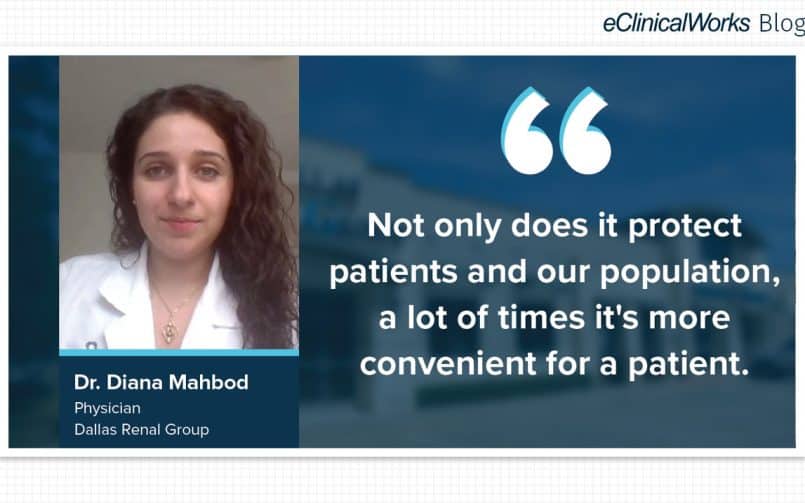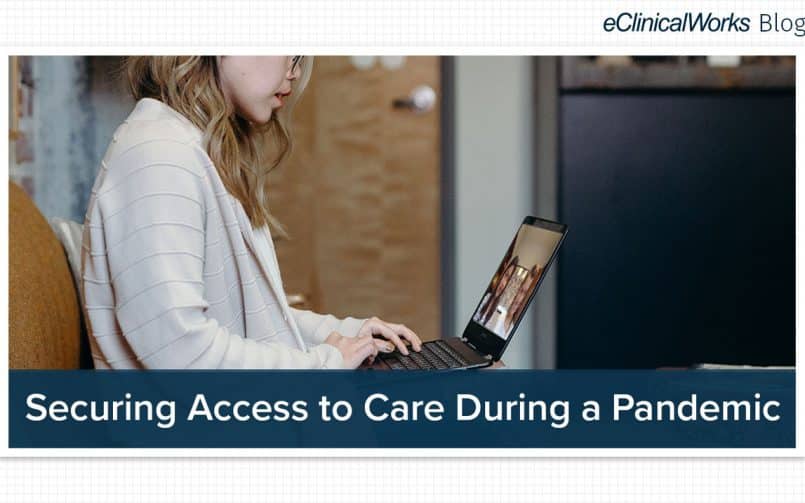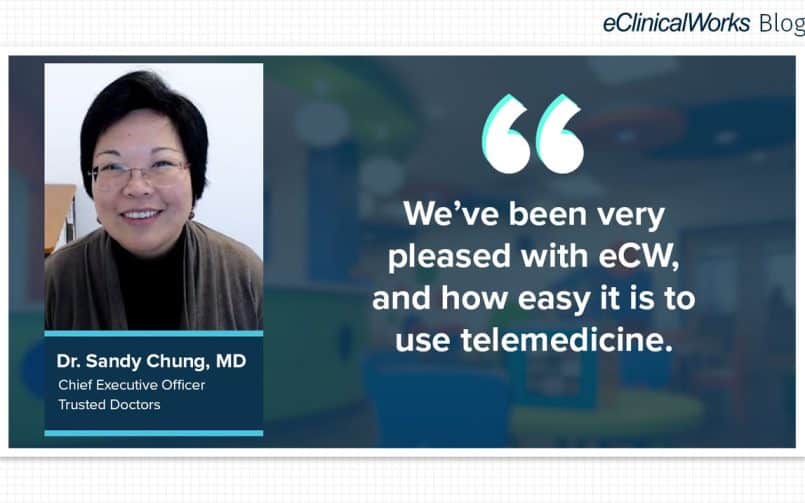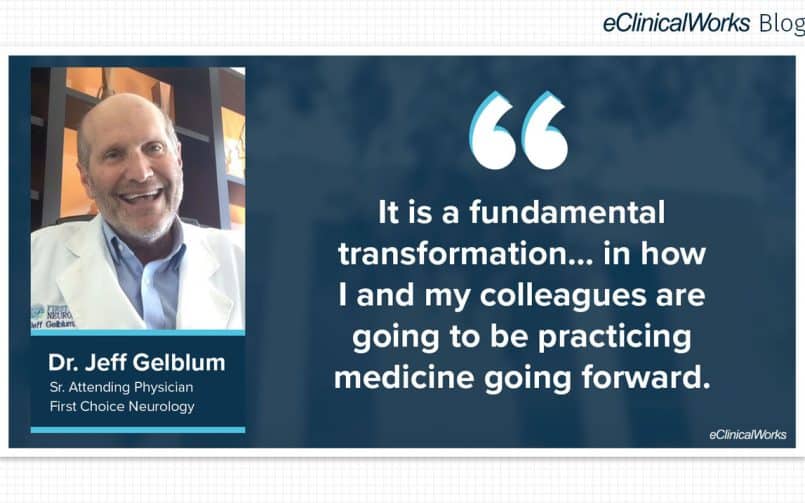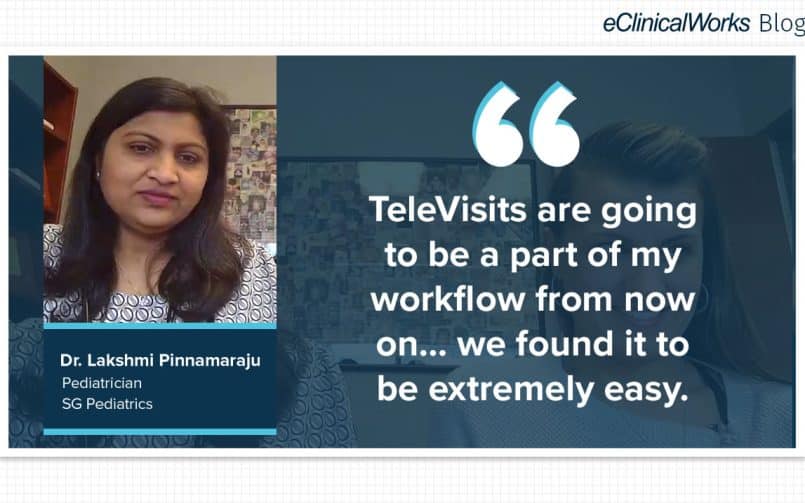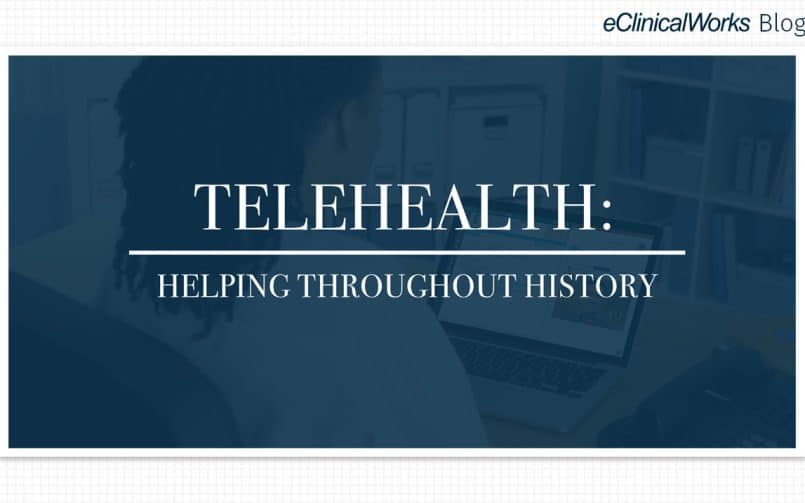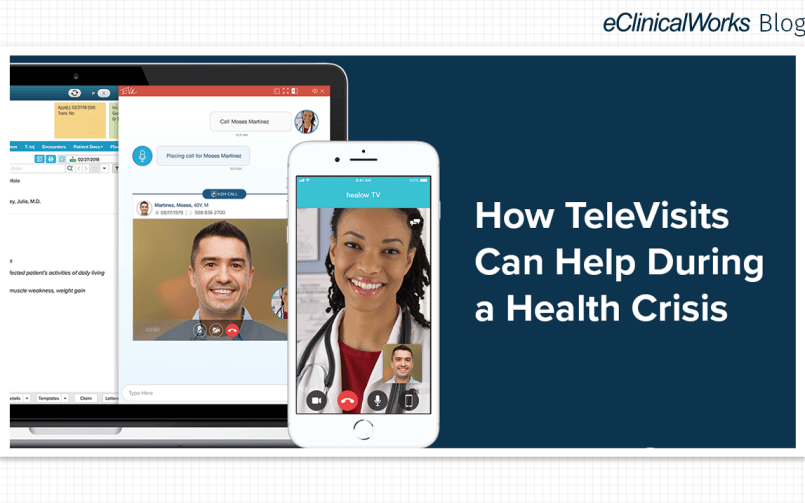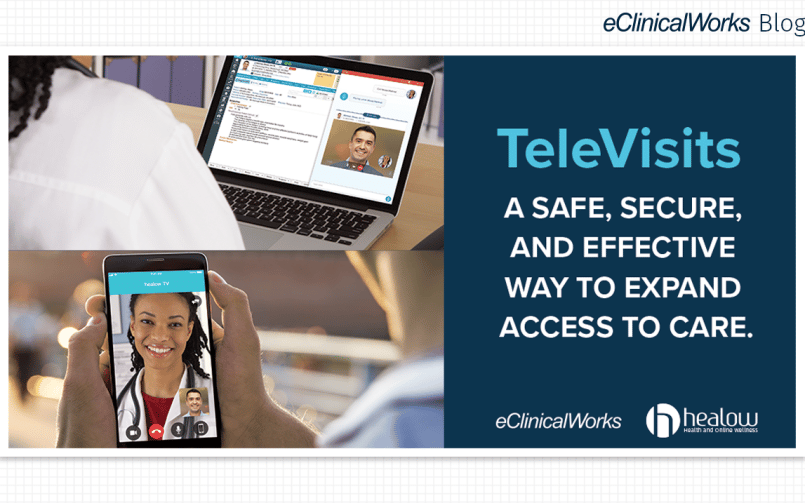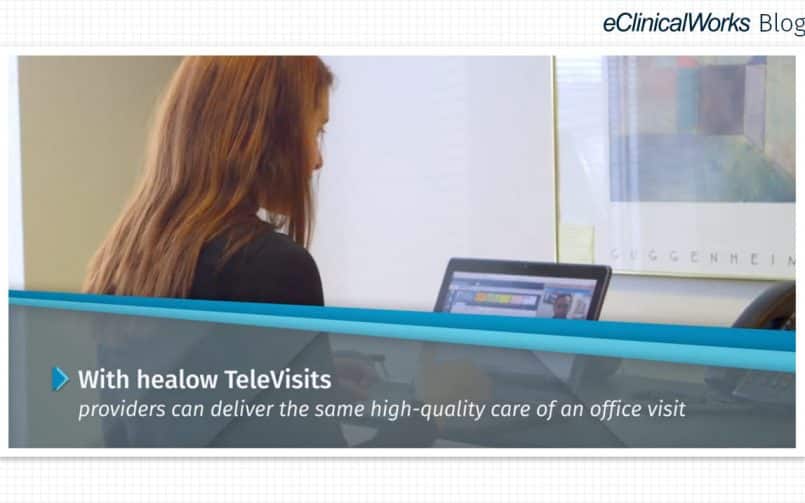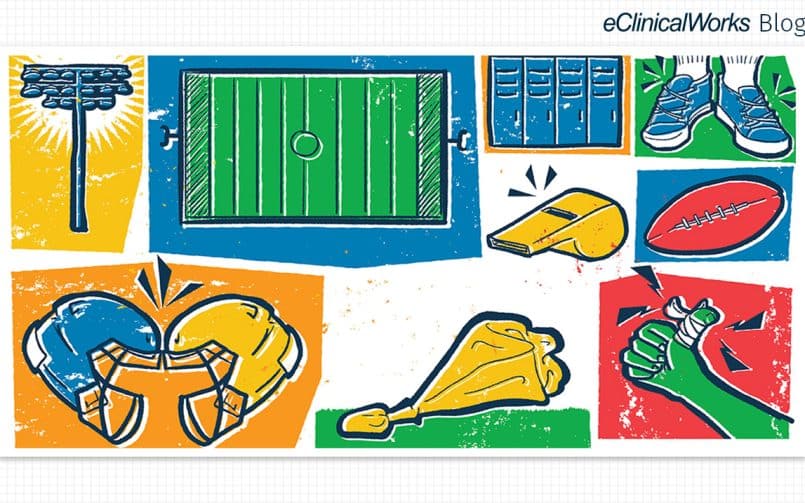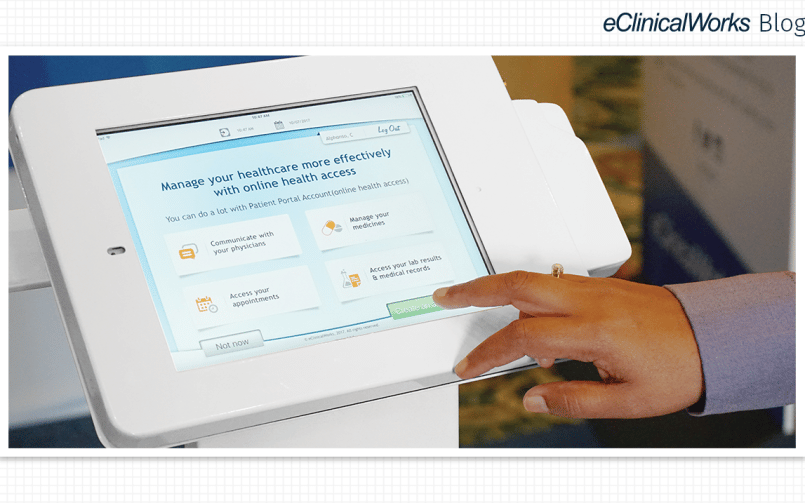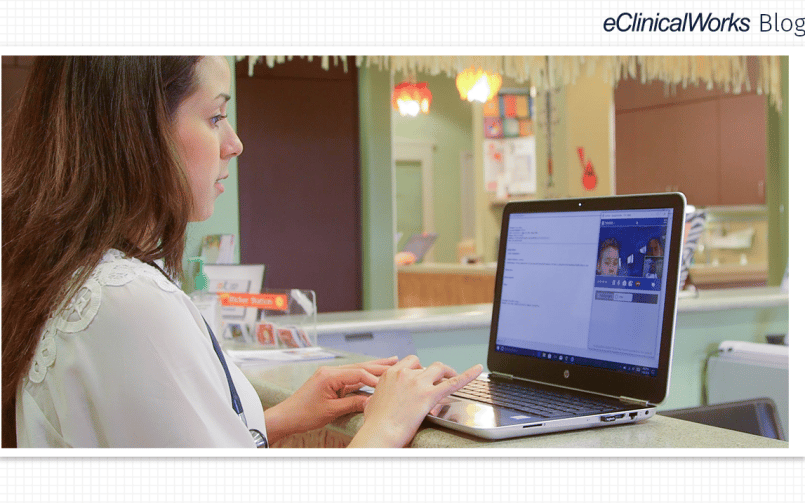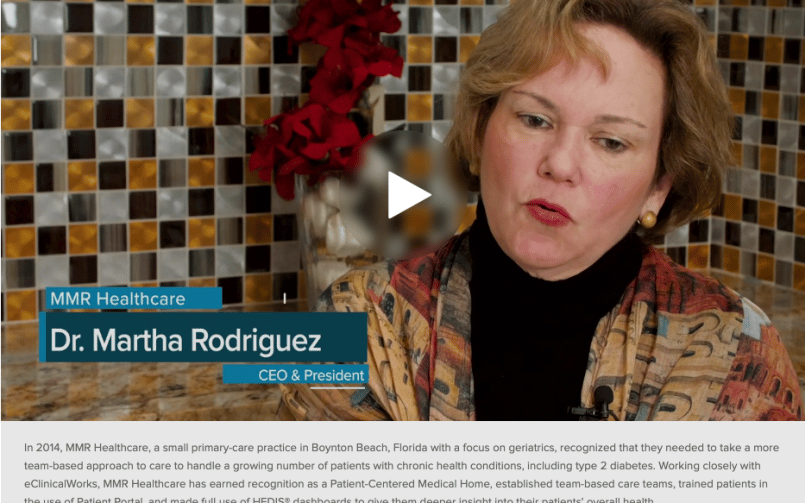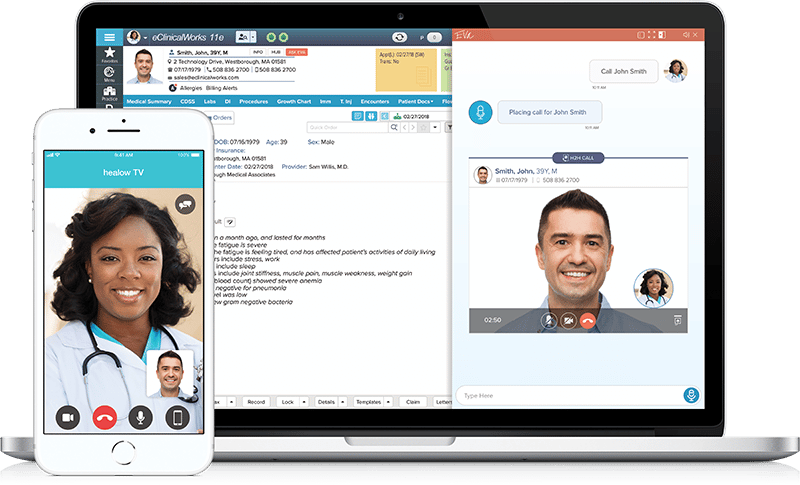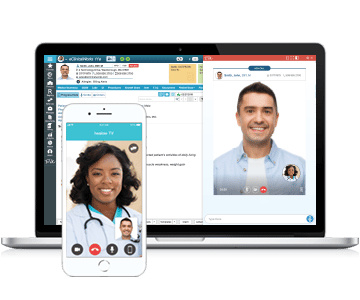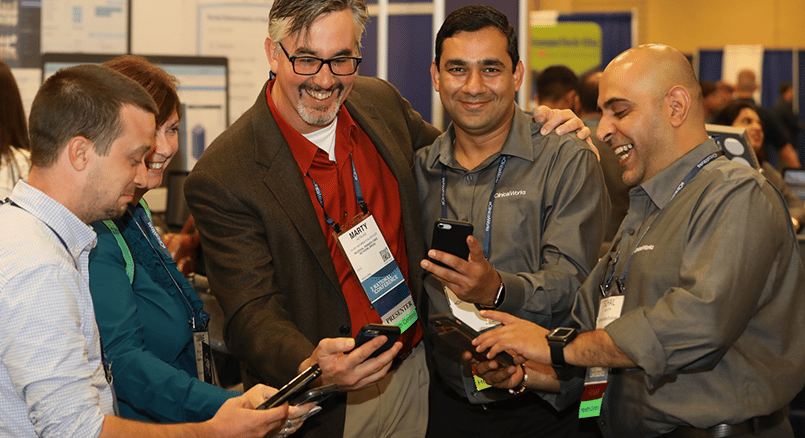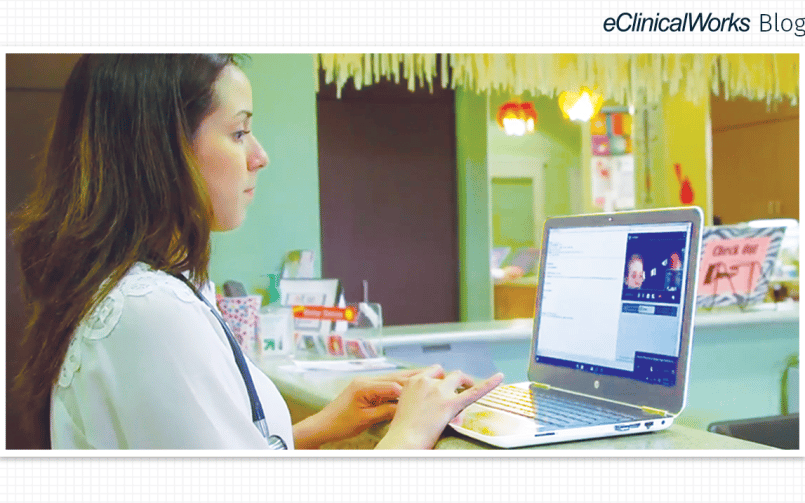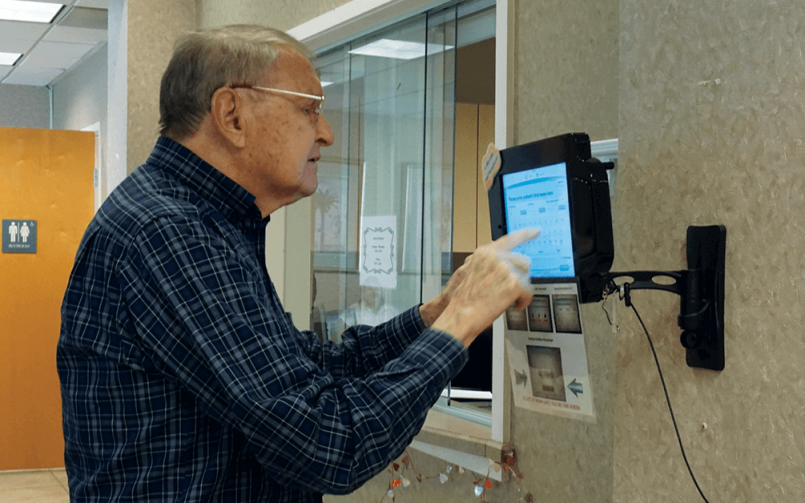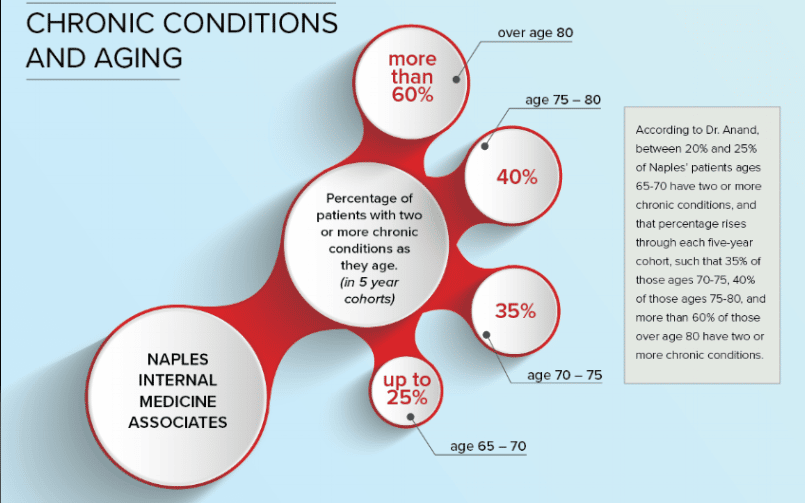Thirlby Clinic: Using Telehealth and CCM for Better Disease Management
- 22 December 2020
- Blog
eClinicalWorks

What do you get when you combine lots of snowfall, a worldwide pandemic, and a nearly complete lockdown of your state?
You get creative.
For Thirlby Clinic, a 10-provider internal, family, and adult medicine group in Traverse City, Michigan, the spring of 2020 presented as challenging a set of circumstances as they could imagine. There wasn’t any choice but to think differently about how to practice medicine.
Coronavirus was spreading rapidly throughout the country. Public officials, health authorities, and individuals were still unsure what steps to take to control the spread of illness. Many patients weren’t about to take any chances and refused to come in for their medical appointments.
Ramping up healow TeleVisits
“We were thrown into the fire, so to speak, with telehealth,” said Dr. Steven Lamie. “Michigan was completely locked down from about mid-March to mid-May, and we were doing about one telehealth visit as a group a week before that, and then we went to literally 100% telehealth visits.”
Dr. Lamie recalls one patient with unstable angina, which is considered a hypertensive emergency. Although Dr. Lamie had clearly communicated his concerns and strongly recommended a trip to the emergency room, the patient was unwilling to leave his home and take the chance of catching coronavirus.
So, for the next three days, Dr. Lamie conducted telehealth visits with the patient. They were able to stabilize his condition. Sometime later, when they were able to conduct an in-office visit, the patient was doing well and on his way to Florida.
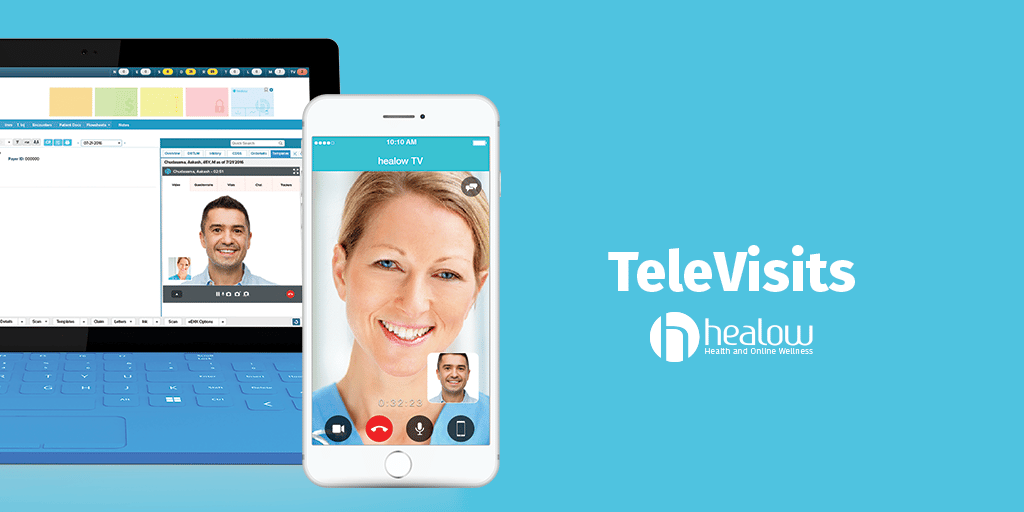
How telehealth has become integral to workflows
As 2020 unfolded and much more was learned about coronavirus, practices were able to reopen and welcome patients in person once again. By fall, Thirlby Clinic was still conducting about 15% to 20% of visits online. They were particularly popular for brief, check-in visits. In addition, telehealth usage has been high among the elderly, which surprises many who might assume older people are less comfortable with technology.
Between later 2019 and early 2020, Dr. Lamie said, he had one patient, an 86-year-old woman, who was repeatedly hospitalized for heart failure. After the pandemic hit, he began conducting weekly televisits with that patient, her care coordinator, and a clinical manager. By this fall, that patient hadn’t been to the hospital for more than eight months.
Telehealth is also useful given the realities of life in Northern Michigan.
“We get a lot of snow,” said Dr. Lamie. “So, I can see moving forward over the winter that this would be a great tool for, say, an 80-year-old lady who lives 50 miles away who has some sort of minor medical problem.”
Creative use of CCM to combat diabetes
Thirlby Clinic has also found success with the eClinicalWorks Chronic Care Management module. The practice’s care coordinator was able to mine patient data and locate just over 100 diabetic patients with an A1c reading greater than 8. They were enrolled in an intensive treatment program involving a nurse practitioner, a clinical manager, and a clinical pharmacist.
The results were remarkable — 44 percent of the patients lowered their A1c level to under 8.
“We have presented this data twice now, at the American Diabetes Association international meeting,” said Dr. Lamie, who is also Medical Director for the Northern Michigan Diabetes Initiative. “We were quite successful using CCM. And I just see this tool rapidly expanding and taking care of some of these chronic care patients.”
These tools — telehealth and CCM — work hand in hand, for sure. To be able to use them both at the same time with some of our patients’ limited ability to get out of the house is just fantastic.”
Learn more about healow TeleVisits and eClinicalWorks’ Chronic Care Management solution and how they can help your practice better serve patients.








